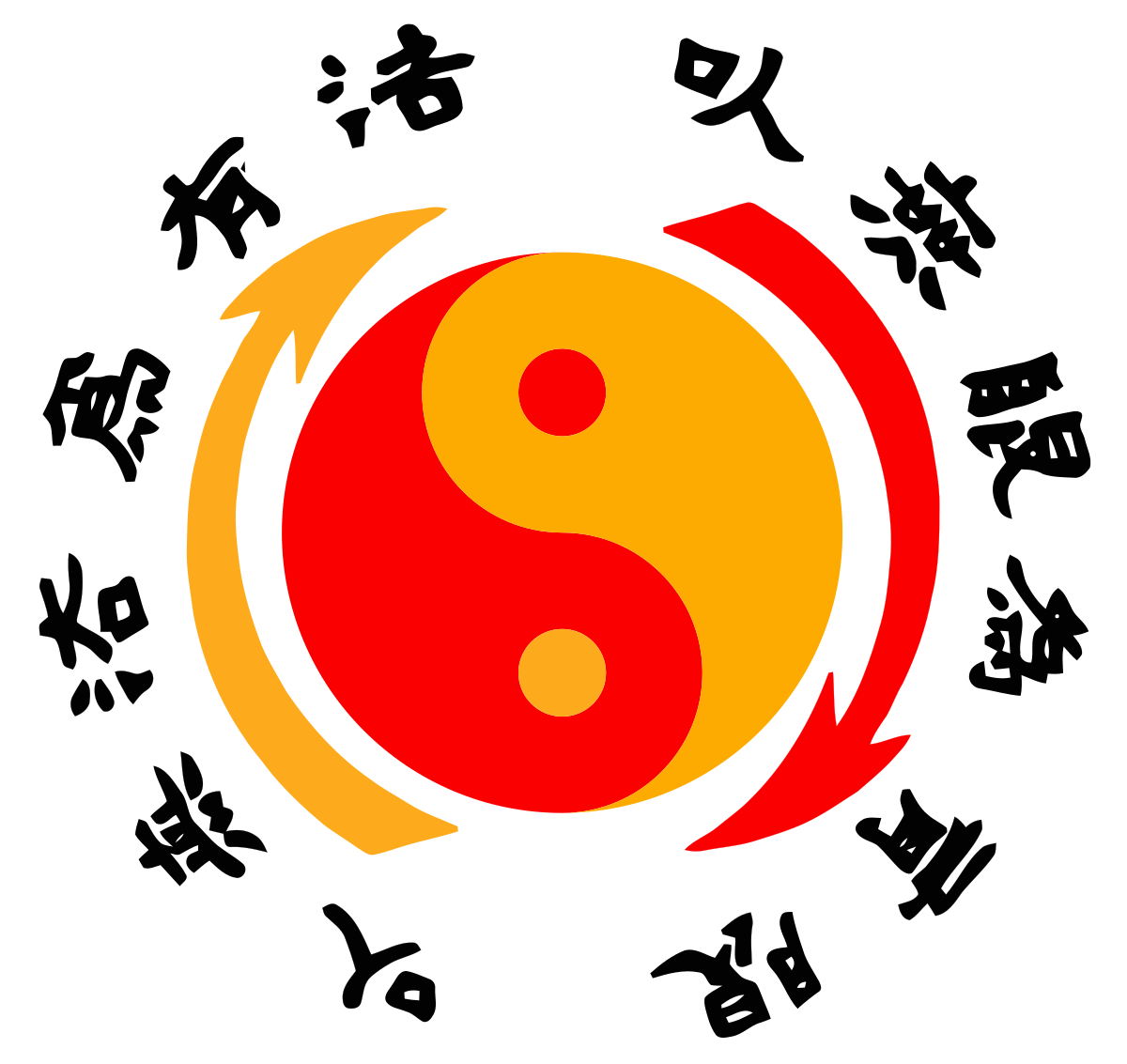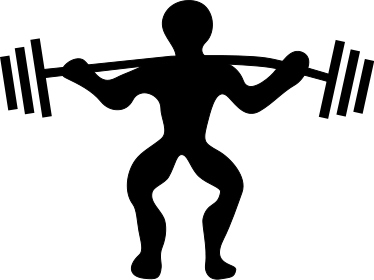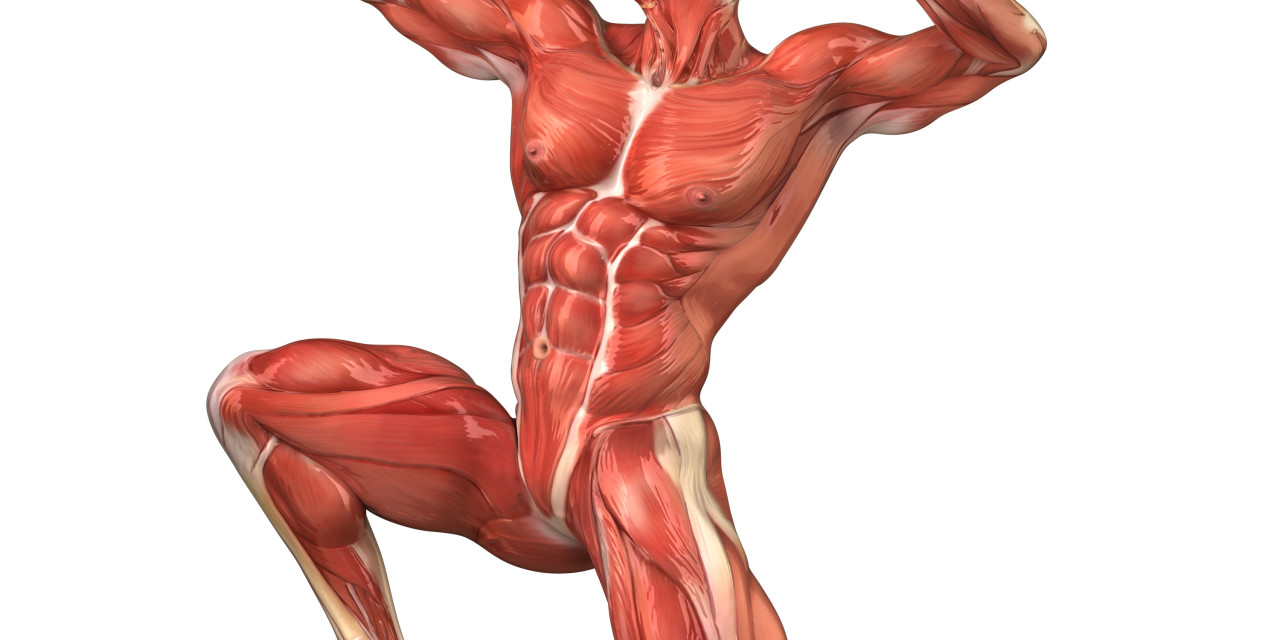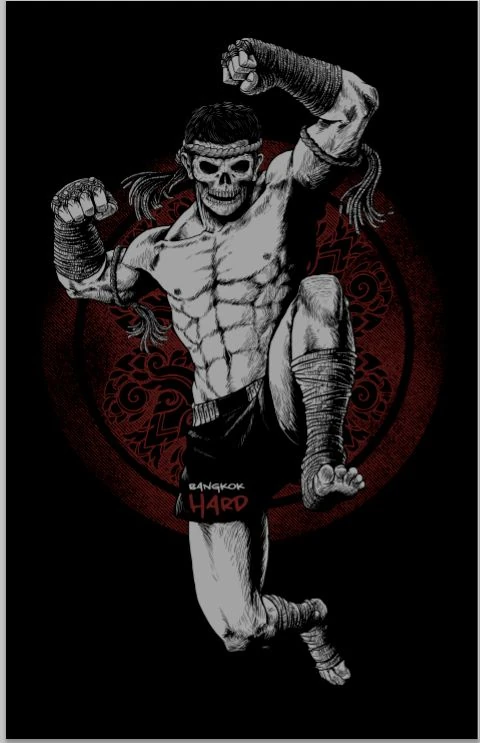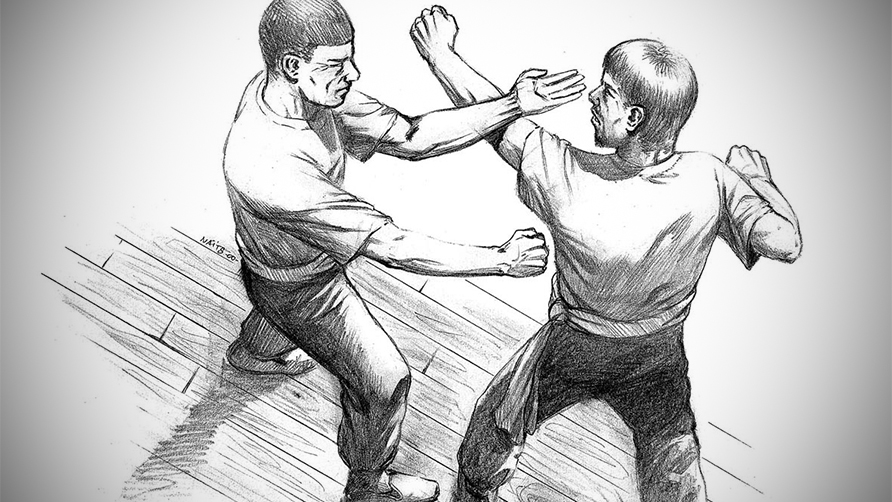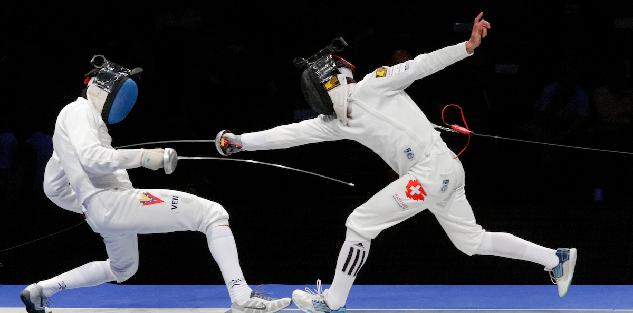Over the many blog posts that I have posted I have talked about a lot of stuff, mainly different, specific martial arts. I have also discussed what martial arts are, and the different aspects of what constitute martial arts, but not yet what I have learned from them over the years. That will be the topic of my final post to this blog.
Martial arts are not just about beating people up and killing. They are not all physical. Anyone who tries to make it all physical, relying solely on the body will fail. The mind has limitless possibilities whereas the body can only do so much. The mind can also control the body, pushing it past its “limits” where it would normally give out.
I barely remember the time before I started fencing. I remember that I was always outgoing and social and confident, but at some point that got corrupted. Fencing changed that for me. It gave me tons of confidence. The more I fenced the better I became. The better I became the better about myself I felt, and the whole of it drove me to incessantly train thus repeating the cycle. Confidence is a big part of life; you can convince anyone of anything if you donut with confidence, you can accomplish much more with confidence.
Fencing also gave me the drive to lose weight—I was a fat kid. Being fat is not ok. It is unhealthy, and it made me feel bad about myself. Because I had a higher purpose than to just lose the weight, I was able to do so. The target area of body shrank, I became more agile, more fit, and a better fencer because my body was capable of more when I was unencumbered by fat. It was hard work, but fencing taught me that hard work pays off.
The concept of seeing without your eyes and knowing the position of your body at all times is vital to my style of fencing, but very difficult to do on the strip. It is also important to jiu jitsu, a much easier realm to practice this in. The idea is of self awareness. Being able to know yourself will guarantee victory 50% of the time, knowing the enemy is again 50%, knowing both leads to 100% victory. The idea is not just about war and fighting; it is also about personal relationships, work, school, fitness, everything. Knowing yourself completely is how you find deficiencies that you improve upon and fix, thus leading to stronger relationships or an edge over competition in work or sports or school. Knowing the enemy whether it be a boss, a class, or stupid Vadim in the cubicle next to yours, will give you the best plan of attack. For example, the right way to study, the best way to outmaneuver Vadim for the promotion.
Martial arts in general, especially striking arts like Wing Chun, Muay Thai, Fencing build courage and teach you to control fear. It is an excellent quality to possess bravery. It is valued in our society and can lead to bold choices that can get you a promotion or save a life. Overcoming fear is one of the most difficult things for we a humans because of the natural instinct to be away from danger, not run headlong into it. Martial arts will change that and home you into a fearless or courageous—depending on a couple things—person.
I’ve learned so many more lessons that are just too numerous for this post. My final thoughts on the matter are that nothing has had a greater impact on my life than martial arts. My fencing coach is the most influential person, aside from maybe my parents, that I ever had in my life. My personal philosophy and outlook on like, my fisik, my everything has been shaped by martial arts, especially fencing.

